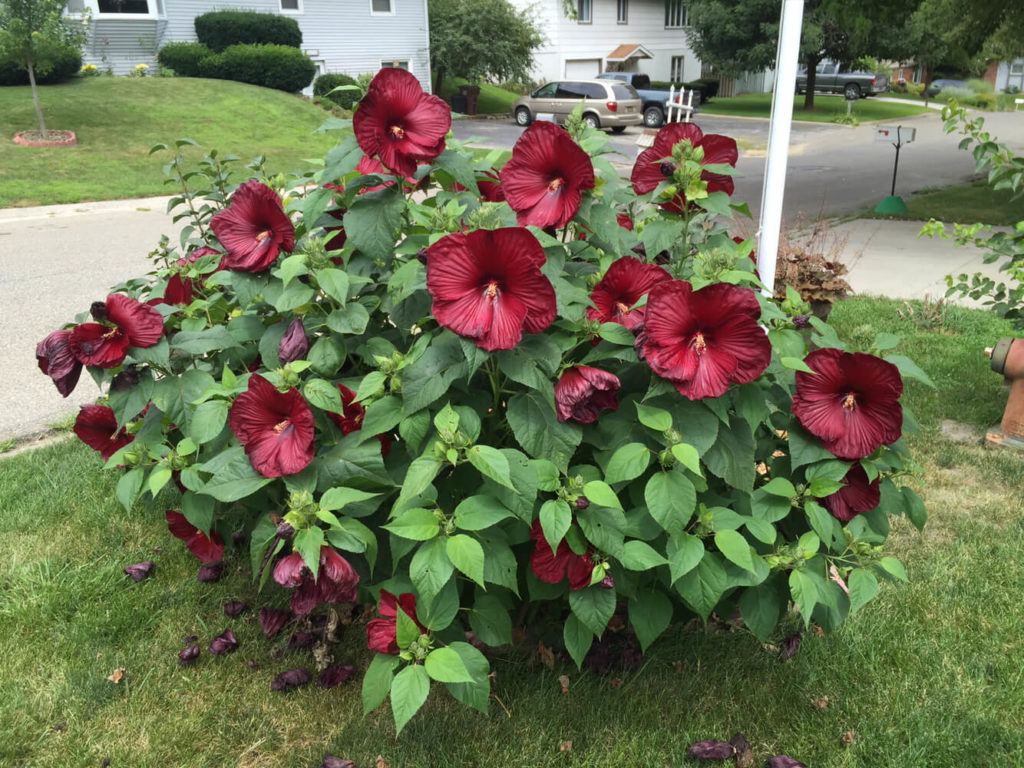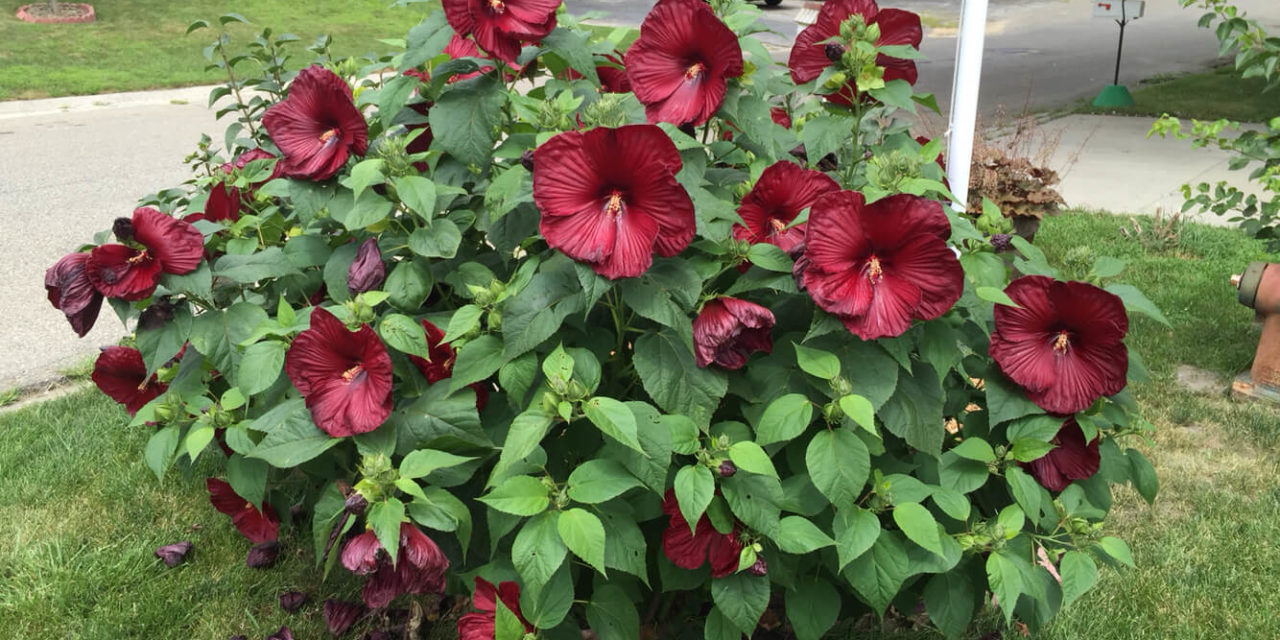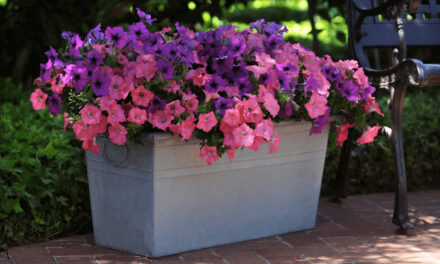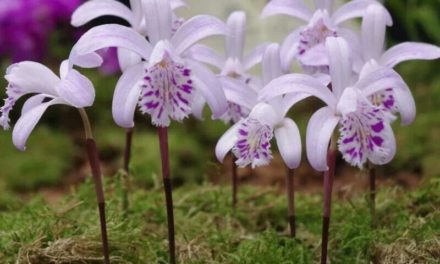Hibiscus plants are renowned for their vibrant and captivating blooms, making them a popular choice among garden enthusiasts. With their large, showy flowers and lush green foliage, hibiscus plants can bring a tropical flair to any garden or indoor space. However, like any other plant, hibiscus requires proper care and attention to thrive and produce abundant blooms. In this comprehensive guide, we will explore how to care for hibiscus plants, ensuring they remain healthy, vibrant, and blooming year after year.

Choosing the Right Variety
Before diving into hibiscus care, it's crucial to select the right variety for your climate and growing conditions. Hibiscus plants come in numerous species and hybrids, each with specific requirements. Tropical hibiscus (Hibiscus rosa-sinensis) and hardy hibiscus (Hibiscus moscheutos) are two popular choices. Tropical hibiscus thrives in warm climates, while hardy hibiscus is more suitable for cooler regions.
Sunlight Requirements
Hibiscus plants thrive in full sun, which means they need a minimum of six hours of direct sunlight each day. Select a location for your hibiscus where it can receive ample sunlight, preferably in the morning and early afternoon. Insufficient sunlight can result in reduced blooming and weak growth.
Soil and Watering
Well-draining soil is crucial for hibiscus plants. They prefer a slightly acidic to neutral soil pH (6.0 to 7.0). Amending the soil with organic matter such as compost or peat moss can improve its drainage and nutrient content. When it comes to watering, hibiscus plants require regular but not excessive moisture. Water deeply when the top inch of soil feels dry, ensuring that the water reaches the roots. Avoid overwatering, as it can lead to root rot and other issues.
Fertilization
Regular fertilization is essential for the healthy growth and abundant blooming of hibiscus plants. During the growing season (spring and summer), apply a balanced, water-soluble fertilizer every two to three weeks. Look for fertilizers specifically formulated for hibiscus plants, as they will have the necessary nutrients, including nitrogen, phosphorus, and potassium. Reduce fertilization frequency in the fall and discontinue during winter.
Pruning and Shaping
Pruning plays a vital role in maintaining the shape and size of hibiscus plants. Regular pruning encourages branching and stimulates blooming. It's best to prune in early spring before new growth emerges. Remove any dead, damaged, or weak branches, and trim back the plant to encourage fuller growth. Additionally, pinching off spent blooms throughout the growing season can encourage continuous blooming.
Pest and Disease Control
Hibiscus plants are susceptible to certain pests and diseases, including aphids, mealybugs, spider mites, whiteflies, and fungal diseases like powdery mildew and leaf spot. Regular inspection is crucial to catch any infestations or signs of disease early on. Insecticidal soaps or horticultural oils can help control pests, while fungicides can combat fungal issues. Follow the instructions on the product labels and take appropriate measures to prevent the recurrence of pests and diseases.
Winter Care
In colder regions, hibiscus plants require special care during winter. If you have a tropical hibiscus, it's best to bring it indoors before the first frost and place it near a sunny window. Reduce watering frequency during winter, allowing the soil to dry slightly between waterings. Maintain a minimum temperature of 50-55°F (10-13°C) to prevent cold damage. Hardy hibiscus, on the other hand, can tolerate colder temperatures but may benefit from a layer of mulch around the base to insulate the roots.
Repotting and Transplanting
Hibiscus plants may require repotting or transplanting to provide them with sufficient space to grow. Repotting is typically done every 1-2 years, or when the plant outgrows its current container. Choose a pot slightly larger than the current one, use well-draining soil, and gently remove the plant from its old container, being careful not to damage the roots. Transplanting hibiscus into the ground follows a similar process, ensuring the new location meets the plant's sunlight and soil requirements.
Supporting and Staking
Some hibiscus varieties, particularly the hardy hibiscus with large blooms, may require support or staking to prevent the stems from bending or breaking under the weight of the flowers. Use stakes or plant supports to provide structural support, ensuring they are firmly inserted into the ground without damaging the roots. Tie the stems gently to the stakes using soft plant ties or twine.
Monitoring and Observation
Regular monitoring and observation are essential to catch any issues early on and ensure the overall health of your hibiscus plants. Keep an eye out for any signs of pests, diseases, nutrient deficiencies, or overwatering. Inspect the leaves, flowers, and stems for discoloration, spots, or unusual growth patterns. Prompt action can prevent problems from escalating and protect your hibiscus plants from damage.
Caring for hibiscus plants requires attention to detail and adherence to their specific needs. By providing the right amount of sunlight, well-draining soil, regular watering, appropriate fertilization, and proactive pest and disease control, you can enjoy the stunning beauty and abundant blooms of hibiscus plants. Remember to prune and shape them to maintain their desired form and offer winter care as per their requirements. With proper care and dedication, your hibiscus plants will flourish, adding a touch of tropical elegance to your garden or indoor space. Happy gardening! Learn more about how to grow hibiscus plants.


















